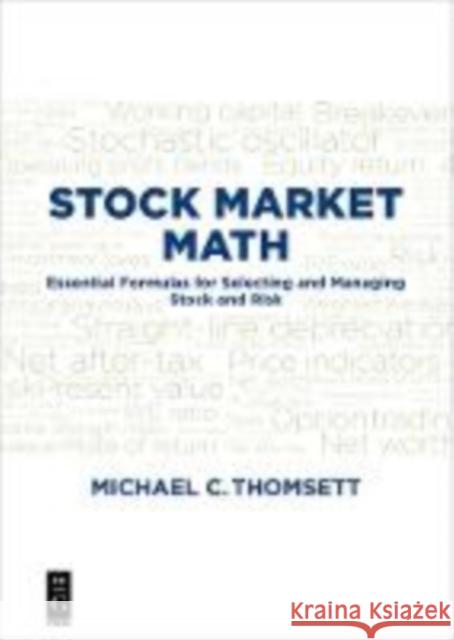Stock Market Math: Essential Formulas for Selecting and Managing Stock and Risk » książka
topmenu
Stock Market Math: Essential Formulas for Selecting and Managing Stock and Risk
ISBN-13: 9781501515811 / Angielski / Miękka / 2017 / 283 str.
Stock Market Math: Essential Formulas for Selecting and Managing Stock and Risk
ISBN-13: 9781501515811 / Angielski / Miękka / 2017 / 283 str.
cena 156,66
(netto: 149,20 VAT: 5%)
Najniższa cena z 30 dni: 150,96
(netto: 149,20 VAT: 5%)
Najniższa cena z 30 dni: 150,96
Termin realizacji zamówienia:
ok. 16-18 dni roboczych
Bez gwarancji dostawy przed świętami
ok. 16-18 dni roboczych
Bez gwarancji dostawy przed świętami
Darmowa dostawa!
Kategorie:
Kategorie BISAC:
Wydawca:
de-G Press
Język:
Angielski
ISBN-13:
9781501515811
Rok wydania:
2017
Ilość stron:
283
Waga:
0.50 kg
Wymiary:
23.88 x 17.02 x 1.78
Oprawa:
Miękka
Wolumenów:
01











